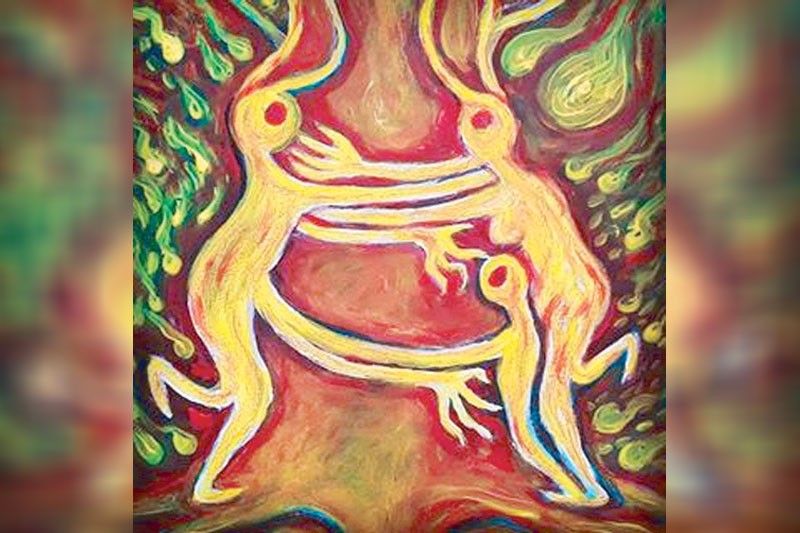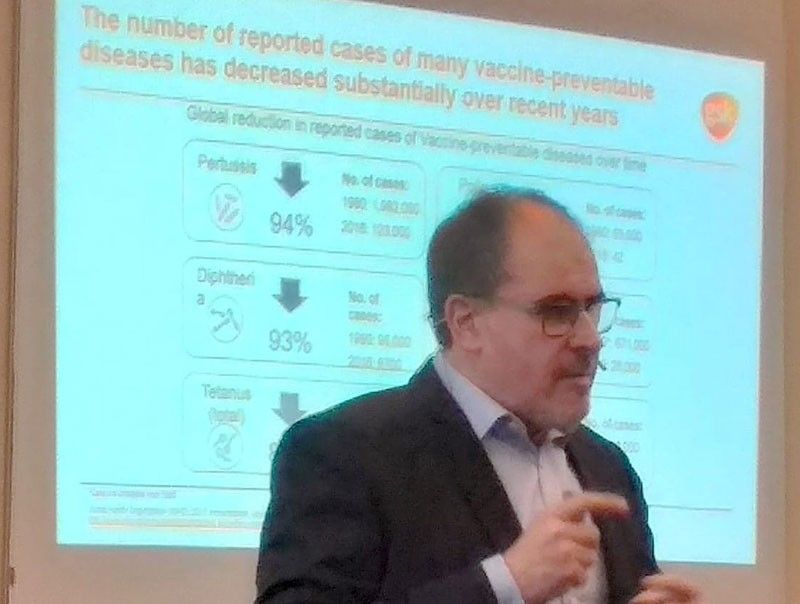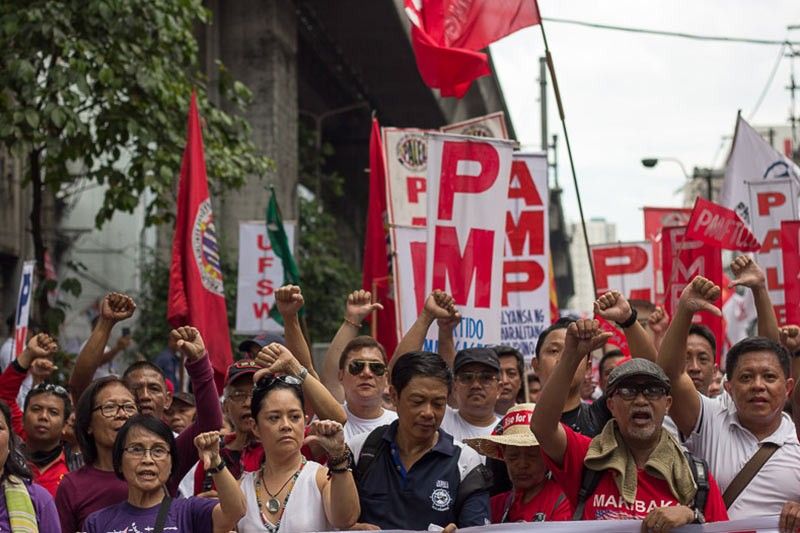Year in Review: From CCA stir to Hong Kong demonstrations, protests in 2010
Business Standard lists some of the protests that drew attention around the world in 2019
Surbhi Gloria Singh | New Delhi Last Updated at December 31, 2019

Though the triggers and demands of the protesters across the world were different, all of those, perhaps, emanated from the one idea that a change could be brought about if things were done differently.
ALSO READYear in Review: How democracies around the world were redefined in 2019In pictures: Protests against Citizenship Amendment Act across nationLIVE: Give Citizenship Act a chance, Amit Shah appeals to studentsYear in Review: Amazon fire to Baghdadi killing, top global events of 2019Year in Review: Meet the 10 game changers of 2019
Be it India's struggle for independence, or the outrage over the Vietnam war, or the American Civil Rights movement, protests have left an indelible mark upon the world. Historically, protests have served as a means for marginalised groups to articulate their discontent and make their demands known. The year 2019 has seen many protests across the globe. Though the triggers and demands were different, all of those, perhaps, emanated from the one idea that a change could be brought about if things were done differently.
Business Standard lists some of the protests that drew attention around the world in 2019:
Outrage over CAA (India)
Protests broke out across India following the passage of the Citizen Amendment Act on December 11. The Act allows Indian citizenship for Hindus, Buddhists, Parsis, Sikhs and Christians who came to India from Pakistan, Afghanistan and Bangladesh before 2015. But it excludes Muslim immigrants. While started initially as a students’ protest against an allegedly discriminatory legislation, demonstrations became more widespread with several sections of the citizenry joining in. There were mass arrests — more than 1,500 people were held in the first 10 days of the agitation, and another 4,000 were detained and released later. Historian Ramchandra Guha and Swaraj Abhiyan founder and activist Yogendra Yadav were among those detained. The government also blocked internet services in some parts of Uttar Pradesh, West Bengal, and Assam to curb the spread of misinformation.

Protests broke out across India following the passage of
the Citizen Amendment Act on December 11. Photo: Reuters
ALSO READ: How a leaderless anti-CAA stir is mobilising volunteers, doctors & lawyersAssam saw rumblings of discontent and violent protests in 2019 over the National Register of Indian Citizens (NRC) exercise. Of the 33 million people of Assam, more than 1.9 million people had been excluded from the final NRC list published on August 31. The protests, spearheaded by the All Assam Students Union (AASU), Left parties and indigenous organisations, intensified when Parliament passed the Citizenship Amendment Act.
Assam protests against NRC (India)
ALSO READ: Walk the talk on NR
Of the 33 million people of Assam, more than 1.9 million people had been excluded from the final NRC list published on August 31. Photo: ReutersAnti-extradition protests (Hong Kong)
A protest against the Extradition Bill, started initially by students in Hong Kong, has seen thousands joining in since June. The Bill allowed criminal suspects in Hong Kong to be extradited to mainland China and tried in Communist Party courts. Critics feared this Bill could undermine Hong Kong's judicial independence. The protestors demanded the withdrawal of the Bill and the resignation of chief executive Carrie Lam. The stir turned violent with intense standoffs between protesters and the police. While the agitators attacked officers with petrol bombs, the police resorted to firing live bullets. Over 4,500 people were detained.
ALSO READ: Hong Kong riot police crackdown on protesters rallying for China's Uighurs
Hong Kong protests turned violent with intense standoffs
between protesters and the police. Photo: Reuters
Climate strike (Global)Around six million people took to the streets between September 20 and 27 demanding immediate action against a rising “climate emergency”. Inspired by Swedish teenager Greta Thunberg, who gained worldwide fame after skipping school to protest against climate change, demonstrations took place across 4,500 locations in 150 countries. Thunberg confronted world leaders at the UN Climate Change Summit with her now-famous "how dare you?" speech. She condemned them for failing to act against climate change.
ALSO READ: Climate change activist Greta Thunberg is TIME's 2019 Person of the Year

Inspired by Greta Thunberg, demonstrations took place
across 4,500 locations in 150 countries against
climate change. Photo: Reuters
Protests after rape and murder of a Hyderabad vet (India)
Outraged by the gang-rape and murder of a 27-year-old veterinarian in Hyderabad, people held demonstrations across India — mainly in Delhi, Bengaluru, Kolkata, Lucknow, and Hyderabad — in November. MPs spoke out in Parliament after reports of the woman’s burned body being discovered in Hyderabad. Protesters demanded a fast-track investigation in this case, and other cases of crime against women. A few days into the protests, the four accused in the case were shot dead by the Hyderabad police. The accused, they said, were killed in “retaliatory action” after they tried to snatch people weapons and flee.
ALSO READ: Hyderabad rape-murder: NHRC begins on-the-spot probe into encounter killing

Protests against Hyderabad rape case. Photo: Reuters
Showdown against taxes, corruption (Lebanon)
On October 17, around 20 per cent of the Lebanese population took to the streets against taxes on gasoline and tobacco, and endemic corruption. The trigger was a government proposal to impose a $6 monthly tax on WhatsApp users. Pushed to the wall, the government withdrew the proposal but people did not leave the streets. They called for the formation of a competent government and resignation of politicians. On October 29, Lebanon’s Prime Minister Saad al-Hariri announced his resignation.
ALSO READ: Bowing down to protests, Lebanon PM Saad Hariri to submit resignation

Lebanon protests. Photo: Reuters
Protest against fuel price hike (Iran)
Trouble brewed in Iran over a surprise increase in gasoline prices on November 15. Despite an internet blackout, protests raged on in hundreds of Iranian cities. Petrol pumps and banks were attacked. More than 300 demonstrators were killed across the country, dozens of others were injured, and thousands arrested, according to international human rights activists.
ALSO READ: 304 killed during 3-day Iran protest crackdown in Nov: New Amnesty toll

People protest against increased gas price, on a highway
in Tehran, Iran November 16, 2019. Photo: Reuters
Chile protest. Photo: Reuters
Protests against unequal living costs (Chile)
In October, Chile was gripped by protests against high living costs and inequality. Angry over President Sebastian Pinera's response to the stir, demonstrators called for his resignation. The police used rubber bullets, tear gas, water cannon and pellets, which led to further clashes between cops and protesters. According to officials, at least 20 civilians were killed. It was the worst violence in the country since the 17-year-long military dictatorship of Augusto Pinochet ended in 1990.
ALSO READ: From Chile to India, a global anarchy revival could outdo the 1960s
Agitation against pension overhaul, other reforms (France)
The ongoing movement against President Emmanuel Macron's reforms has been called France's biggest strike in decades. Over 800,000 workers representing millions from a wide range of professions are dissatisfied with Macron's plan to overhaul the country's pension system. They have been holding demonstrations in more than 100 cities across France for over a month now. There were numerous reports of vandalism in Paris and 71 people were arrested.
ALSO READ: Protests continue in France over pension reforms, govt refuses to back down

French protest: Over 800,000 workers representing millions
from a wide range of professions are dissatisfied with
Macron's plan to overhaul the country's pension system.
Photo: Reuters
Protest against fee hike at universities (India)As Jawaharlal Nehru University students and staff, and members of civil society protested against the 300 per cent fee hike, the JNU Students' Union (JNUSU) urged scholars across India to join them in their fight for affordable and accessible education. A few miles from the JNU campus, resident doctors at AIIMS strongly opposed the proposal to review tuition fees and user charges for various diagnostic procedures. IIT Bombay and IIT-BHU protested against a 900-per cent fee hike, while IIT Madras students went up against socio-cultural biases in the institute. A group of students also protested against the appointment of a Muslim applicant as an assistant professor in the Sahitya department of the Sanskrit Vidya Dharm Vigyan (SVDV) and made headlines with an allegedly “communal” bias.
ALSO READ: JNU fee hike should be for rich students, not poor: Super 30's Anand Kumar

JNU protests. Photo: Reuters
Doctors' demand for better security (India)
Thousands of doctors across India went on a strike on June 14 to demand better security at hospitals. The protests were sparked by an attack at NRS Medical College in Kolkata that left three junior doctors seriously injured after a dispute with a family whose relative had died. West Bengal Chief Minister Mamata Banerjee's remarks, including a warning to junior doctors that they would be evicted from their college hostels if they did not get back to work, triggered a nationwide reaction. Nearly 30,000 doctors went on a day-long strike, most of them in West Bengal, New Delhi and Maharashtra. The crisis deepened with over 500 senior doctors across state-run hospitals resigning en masse.
ALSO READ: Doctors protest continue in Delhi; some relief for patients as emergency services resume

Doctors' protest in West Bengal. Photo: Reuters















